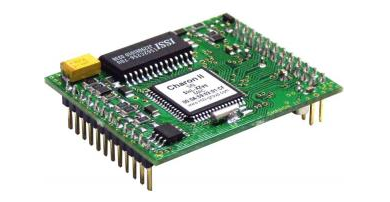The focus of SMT process control is mainly 5P: PCB printed board, Parts, Paste solder paste, Placement placement, Profile curve, that is, material control + printing design (template design + printing control) + patch control + temperature curve design .
1.1 Material control
PCB (Printed circuit board, printed circuit board) is the most important material. After receiving the material, it is necessary to check the manufacturer’s COC (Certification of Completion) certificate (including metallographic section report, pad solderability report, cleanliness test), Flatness test, etc.), pre-drying is required before assembly to remove moisture in the board, and the expiration date of the PCB must be paid attention to.

The components need to pay attention to the solderability of the pins and remove the gold treatment. For components that require secondary screening, coplanarity should also be paid attention to, because the secondary screening process is susceptible to clamping deformation of the test fixture, resulting in poor coplanarity.
1.2 Printing design
Before printing, it is necessary to design a template, determine the opening of the pad and the thickness of the template, and determine the processing method of the template. Generally, a stainless steel laser cutting + inner wall electropolishing template is selected. When the template is delivered, the tension should be tested, which should be 40-50 N. The tension should also be tested before each use to ensure that it is not less than 30 N after repeated use.
On the premise that the template is determined, the factors that affect the printing quality are: solder paste quality and printing process parameters. Attention should be paid to the testing and verification of solder paste before use, the re-temperature during use, stirring, and the limitation of use time.
The pressure of the squeegee in the process parameters is related to the size of the squeegee, which is required to be 1.97 ~ 2.76 N/cm. The printing speed is related to the composition of the solder paste and the pitch of the printed pads.
1.3 Patch control
The chip needs to check the coplanarity of the component pins, generally set 0.08~0.12 mm.
The mounting pressure is generally controlled so that the depth of the component leads pressed into the solder paste is at least half the thickness of the pin. It should be noted that for fragile glass package devices, the mounting pressure needs to be lowered to avoid damage to the device body.
1.4 Temperature curve design
The reflow soldering temperature curve requires actual temperature testing for each different type of PCBA (Printed Circuit Board Assembly). A good temperature curve, the maximum heat capacity and the minimum heat capacity at the end of the preheating temperature converge, also That is, the temperature of the entire board reaches thermal equilibrium.
The temperature curve setting is related to the PCBA size and number of layers, component specifications, pin plating, and solder specifications.